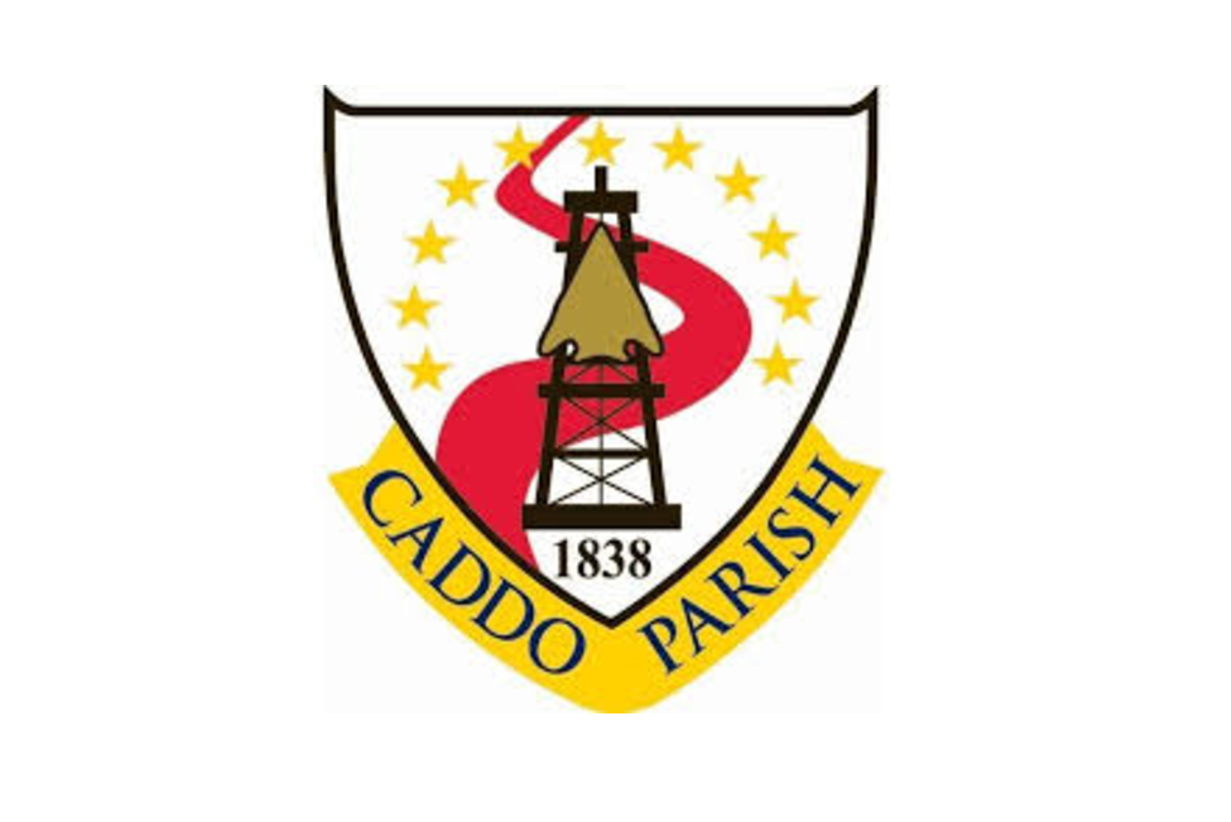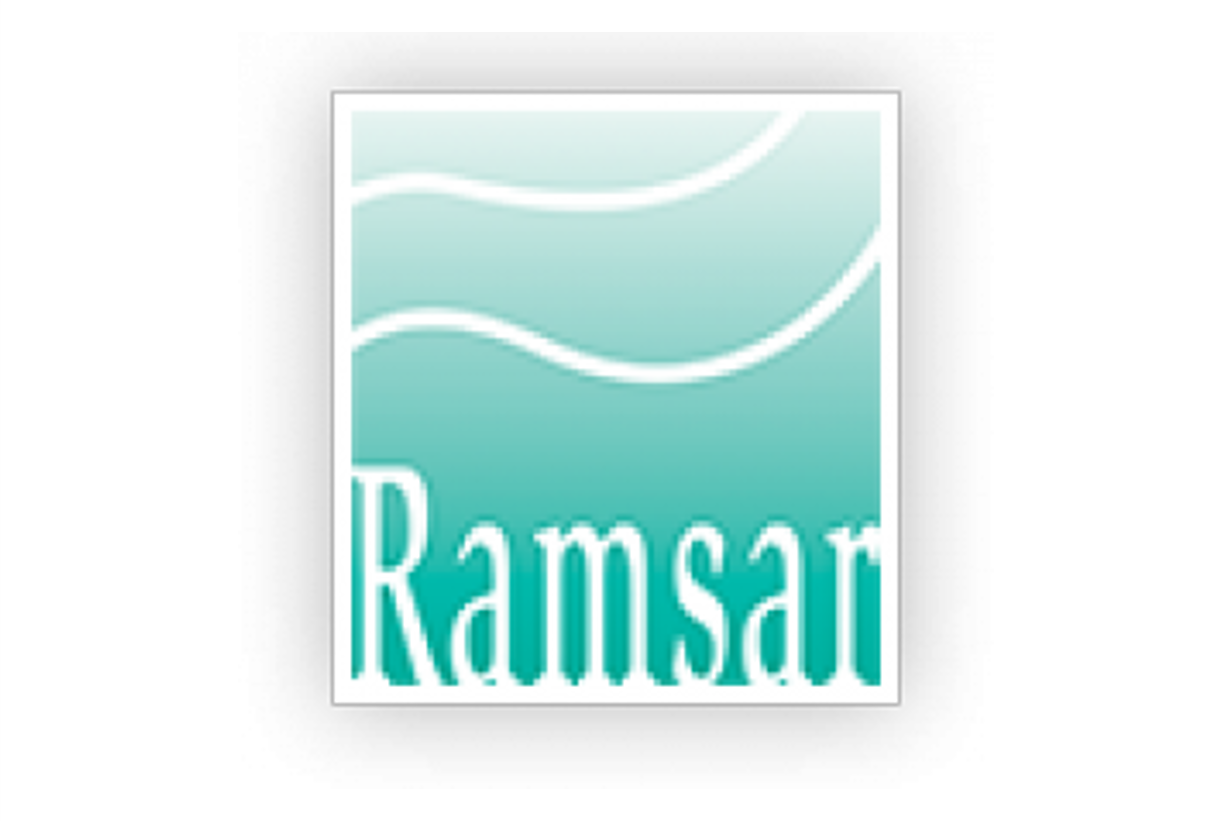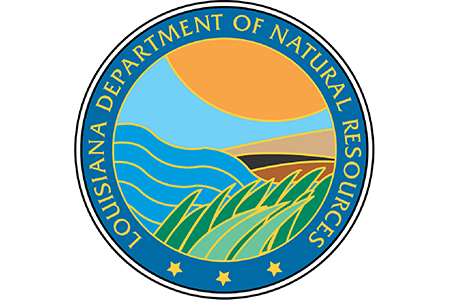Kirby 5 - Caddo Parish, Louisiana
Louisiana Natural Gas Beginnings
The first recorded use of natural gas in the area dates back to the late 1800s, when the Shreveport Ice Plant well utilized gas for illumination. In 1910, Standard Oil of Louisiana completed the region's earliest oil pipeline, linking the oilfield to its Baton Rouge refinery. Exploration quickly expanded, and by the same year, nearly 25,000 people were employed in and around Oil City, which became the first "wildcat town" in the Arkansas-Louisiana-Texas region.

Why Kirby 5 was Chosen
Located in the Caddo-Pine Island Field in Caddo Parish, Louisiana, the Kirby 5 well (LA-222416, API: 17-017-327850) is part of Louisiana's first major oil and gas discovery. Drilled in 1998, to a depth of approximately 789 feet, the well is situated in the Five Bayous critical wildlife habitat, which is nourished by Caddo Lake, a Ramsar internationally protected wetlands area. Spudded on August 19, 1998, drilling into the Nacatoch formation began. The well operated from February 1, 1999, until September 2019, when its operator, Roy Gish, went out of business, leaving it orphaned and the responsibility of the State of Louisiana.

How VitalEco made a Difference
The Approval to Plug required the wellbore to be filled from a depth of 788 feet to the surface, with at least 50 feet of cement placed into the annulus, cutting five feet below ground, and then sealing it to the surface. Tolbert Construction, a local plugging company carried out the work on October 9. 2024. On October 21, 2024, the Louisiana Department of Natural Resources Office of Conservation issued the Lease Facility Inspection Report, confirming compliance. The report noted that the well was successfully plugged, no discharge of exploration and production (E&P) waste was detected, no fire hazards were observed, and the site was fully restored.


CarbonPath Registry and Methodology
- Two hours of continuous monitoring events prior to well plugging by a Qualified Measurement Specialist
- Industry-leading flowmeters
- Lab-verified methane concentration
Benefits & Accomplishments
Eliminated 103,124 CO2 Tonnes and 5 United Nation Envision 2030 Goals Achieved
- Improved water quality
- Air quality improvement
- Environmental restoration
- Local jobs creation
- Community outreach
- Environmental justice

United Nations Envision 2030 Goals

Goal 6: Clean Water and Sanitation
Achieved by enhancing water quality, reducing pollutions, and preventing the release of hazardous chemicals and materials into groundwater. Plugging orphaned wells significantly contributes to better air and water quality.

Goal 9: Industry, Innovation and Infrastructure
Met through flow metering processes that can retrofit industries, enabling sustainability, optimizing resource utilization, and promoting the adoption of clean, environmentally sound technologies. This technology is adaptable for use in developing countries and, with mobile capabilities, can be monitored globally through cloud-based systems.

Goal 11: Sustainable Cities and Communities
Met by preserving Caddo Lake wetlands, the 13th of 41 Ramsar sites in the U.S., this orphan well that emitted methane in a wetland of international significance protected under the Ramsar Convention Treaty.

Goal 12: Responsible Consumption and Production
Achieved by managing orphaned oil and gas wells and methane emissions in alignment with international frameworks, permanently reducing harmful releases into air and water. This proactive approach minimizes adverse impacts on human health and the environment by preventing future emissions.

Goal 13: Climate Action
Met through the use of innovative measurement technologies developed to anticipate and address climate goals. These technologies are continually refined and expanded for use across multiple locations, ensuring broader impact and effectiveness.
